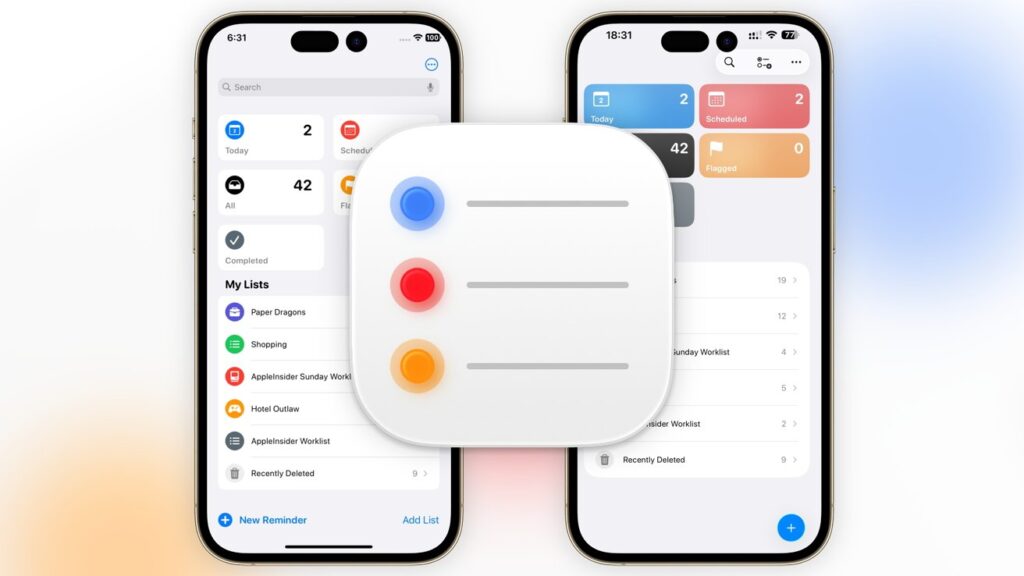

Reminders in iOS 26 has a few new smart features with Apple Intelligence, and a restrained visual upgrade over iOS 18. Here’s how the two versions compare.
Reminders iOS 26 vs Reminders iOS 18 – A visual and smart upgrade
The Reminders app isn’t really an app that people think about that can do with some improvements. What Apple has at the moment is already a pretty good tool for making lists and following through with them.
With the introduction of iOS 26 at WWDC, Apple made quite a few alterations to the app. While the general structure remains untouched, it has refreshed the appearance as well as made it much smarter.
Continue Reading on AppleInsider | Discuss on our Forums





